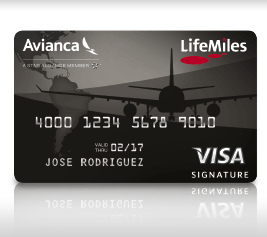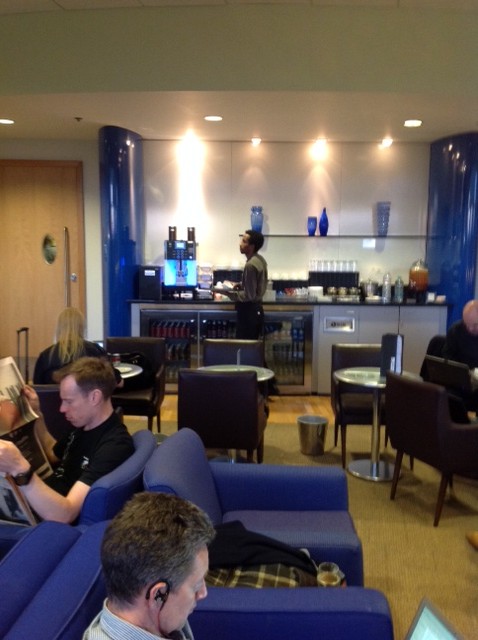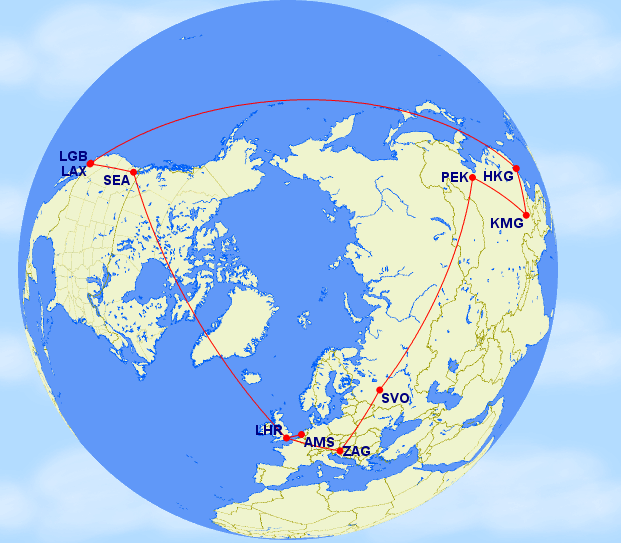UPDATE: It’s back! Get this deal before it vanishes.
I don’t normally share credit card offers because every other travel blog is awash with them, and very few of them are actually good. However, I will occasionally share a deal that I genuinely believe is actually a good one. How can you keep me honest? I’ll tell you a secret: timing. The best time to get an airline affiliate credit card is near the end of a fiscal quarter, and near the end of the fiscal year is best. All the banks are trying to hit their numbers so they offer better deals. That’s why we’re seeing an exceptionally good deal from Chase on their Southwest Airlines Rapid Rewards credit card. This offer expires November 15, 2016.
What’s the deal? An exceptionally generous 50,000 Rapid Rewards points after an easily achievable $2,000 minimum spend. The regular offer (available here) is half as generous: 25,000 bonus points with a $1,000 minimum spend. This can add up to 10 or more free flights depending upon how you redeem the points. For the Seat 31B traveler, no other offer comes close.
Southwest has a different frequent flier program than most. It is based on points rather than miles and is revenue based. So, this program can be considerably more lucrative for many domestic flights than other frequent flier programs. This is because the price of awards is loosely based on the price of a paid ticket, although not exactly. There are “sweet spots” based on the day of the week that you fly and the airport you fly from.
What are some of the better award rates? If you are getting 1.5 cents in value per point or greater, you’re doing pretty well. Redemption values will vary from as low as 1.2 to as high as 1.9 cents per point, with the highest prices on popular dates and routes (particularly booked last-minute) and the lowest ones booked on less popular dates and routes (particularly in advance). The sweet spot is short-haul flights booked in advance. I use Southwest points when I can plan ahead and when I can be flexible to get the best deals and have flown from Los Angeles to Seattle for under 5,000 points. A trip between Ontario and Sacramento I’m taking in December cost only 2,819 points. When you compare this to other programs, it’s an incredible value. British Airways, generally considered the best “legacy” airline program for short-haul flights, now charges a minimum 7,500 points for a short-haul flight.
Another advantage of the Rapid Rewards program: no cancellation fees. I will often use Rapid Rewards for speculative bookings where I’m not 100% sure whether I’ll actually take a trip. I’ll book the ticket well in advance to lock in the best redemption rates, and if I can’t actually go, I can cancel the trip without penalty. As long as you cancel 10 minutes or more before the flight’s departure, you will get back all of the points. Also, don’t forget to keep checking to see if the price goes down. If it does, just refund your ticket and re-book at the lower rates. This happens more often than you might think!
Finally, don’t forget that Southwest charges no baggage fees. I fly them fairly often if I need to check bags, because you can check up to 2 bags free of charge. This saves you $120 versus most airlines on a round-trip flight (if you check two bags). On short-haul flights where the fares are low anyway, baggage fees on other airlines can sometimes exceed the fare!
There are different flavors of the current best offer. This version has a $99 annual fee and $2,000 minimum spend, but you do get most of the value of the annual fee back because it awards 6,000 bonus points at each renewal and includes free drink coupons. Also, if you use our magic link, Seat 31B receives 5,000 bonus points. Other offers for the same card may waive the annual fee for the first year (these are targeted offers for which you may or may not qualify), but with those deals, you don’t get the bonus points at renewal. This card also has no foreign transaction fees, which isn’t the case with all Southwest Airlines cards. I’m comfortable offering this card because I’m confident there isn’t a better deal out there, and it represents a good value for Seat 31B readers.


![usairways-mastercard-big[1]](https://www.seat31b.com/wp-content/uploads/2014/12/usairways-mastercard-big1.jpg)








